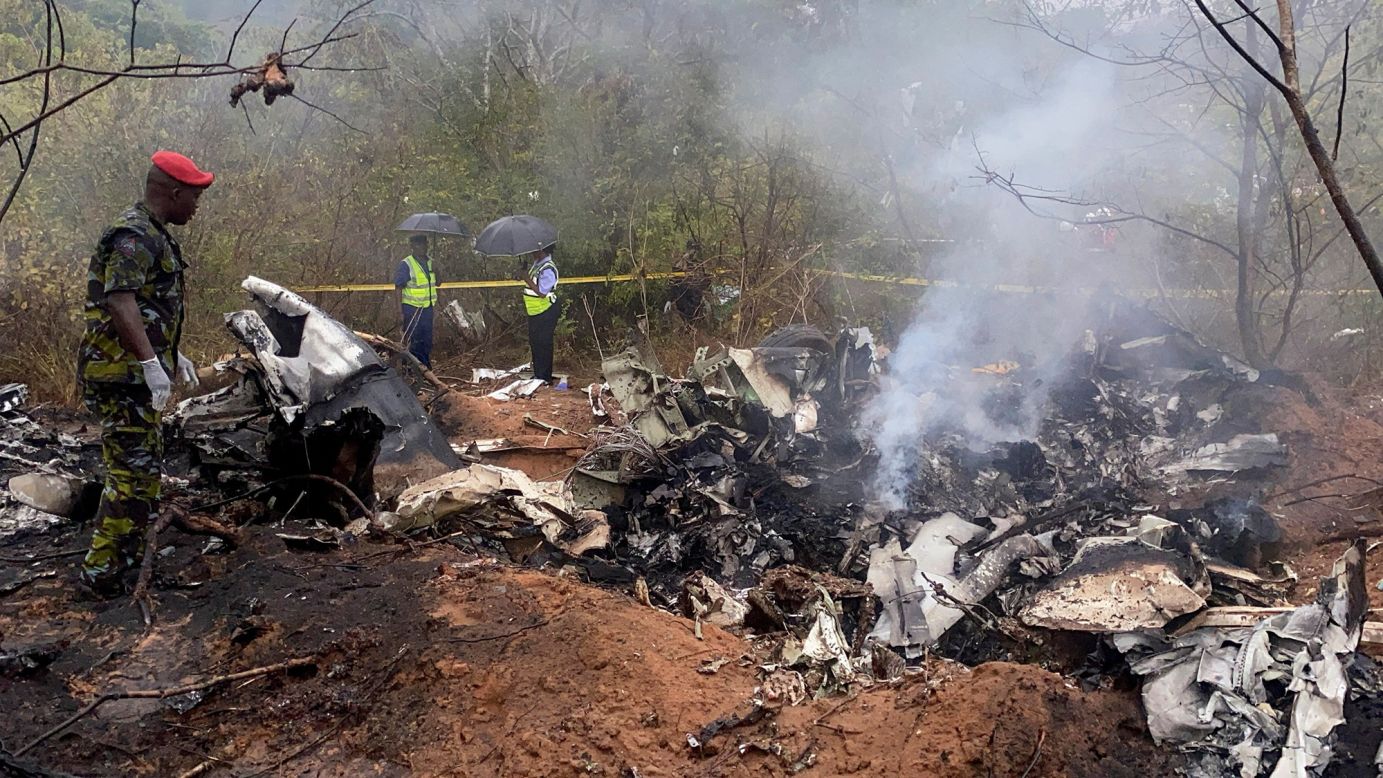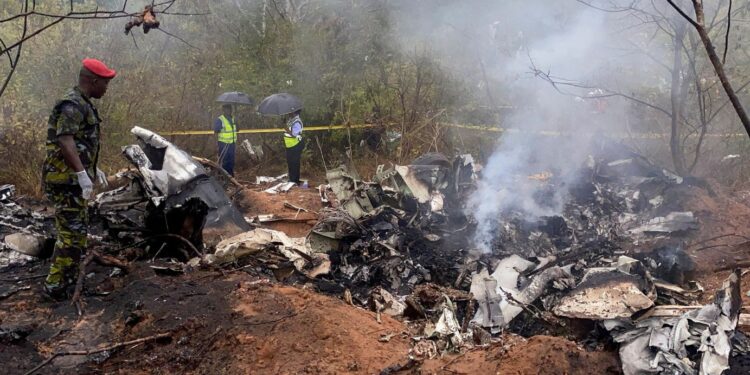A dream safari vacation turned to tragedy on Tuesday when a light aircraft carrying foreign tourists crashed and burst into flames shortly after takeoff in Kenya, killing all 11 people on board in a disaster that has cast a shadow over the country’s renowned tourist circuit.
The Mombasa Air Safari flight, en route from the coastal town of Diani to the famed Maasai Mara national reserve, went down in the Kwale area near the Indian Ocean coast. The crash killed eight tourists from Hungary, two from Germany, and their Kenyan pilot, leaving no survivors.
The flight was a routine hop, ferrying visitors from Kenya’s sunny beaches to the wild plains of the Maasai Mara, one of Africa’s most iconic safari destinations. Instead, the journey ended in a horrific scene described by local media, with the aircraft burning on impact and the victims’ bodies burned beyond recognition.

The airline confirmed the tragic outcome in a somber statement, revealing the nationalities of the passengers and expressing the profound loss. The Kenyan Civil Aviation Authority has launched an investigation into the cause of the crash, which occurred around 8:30 a.m. local time, just minutes into what should have been a scenic flight.
Why It Matters
This crash is a devastating blow to Kenya’s vital tourism industry and a stark reminder of the inherent risks of air travel in regions where light aircraft are the lifeline to remote, world-famous destinations. While the cause is still unknown, the tragedy underscores the relentless pressure and safety scrutiny faced by safari airlines that connect thousands of tourists to bucket-list adventures.
Beyond the statistics lies a profound human catastrophe. These were international travelers, families or friends perhaps, on a journey of a lifetime, whose dreams were extinguished in a fiery crash, moments after takeoff.

















